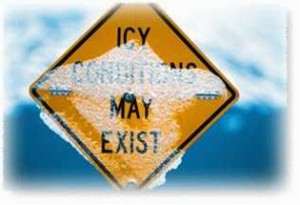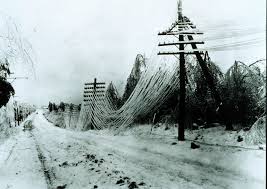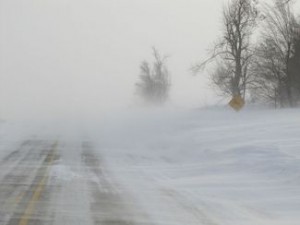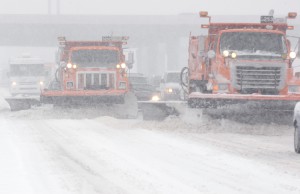Winter Safety
When the weather takes a turn for the worse, take precautions...
Winter storms can range from a moderate snow over a few hours to a blizzard with blinding, wind-driven snow that lasts for several days. Many winter storms are accompanied by dangerously low temperatures and sometimes by strong winds, icing, sleet, and freezing rain.
While dangerous road conditions are one of the most deadly hazards during winter, it’s not the only threat you may encounter.
 One of the primary concerns is the winter weather's ability to knock out heat, power, and communications services to your home or office, sometimes for days at a time. Heavy snowfall and extreme cold can immobilize an entire region.
One of the primary concerns is the winter weather's ability to knock out heat, power, and communications services to your home or office, sometimes for days at a time. Heavy snowfall and extreme cold can immobilize an entire region.
 The National Weather Service refers to winter storms as the “Deceptive Killers” because most deaths are indirectly related to the storm. Instead, people die in traffic accidents on icy roads and of hypothermia from prolonged exposure to cold. It is important to be prepared for winter weather before it strikes.
The National Weather Service refers to winter storms as the “Deceptive Killers” because most deaths are indirectly related to the storm. Instead, people die in traffic accidents on icy roads and of hypothermia from prolonged exposure to cold. It is important to be prepared for winter weather before it strikes.
Know Your Risk
- Check weather.gov every morning before you leave home. It may be sunny in the morning but snowing in the afternoon. Be prepared.
Take Action!
- Assemble an emergency supplies kit for your home. Make sure you have 72 hours of food, water, and other necessary supplies in your kit.
- During a snow emergency, stay off the roads to allow emergency crews uninterrupted access to treat the roads, and if you must travel, allow extra time.
Be A Force of Nature
- Let people know that you have an emergency supplies kit and family communications plan - doing so will inspire others to action. Share your preparedness story on social media.
REMEMBER:
Drive Safely in the Snow
Avoid Strain while Shoveling
Treat Frostbite Immediately
Prevent Carbon Monoxide Poisoning


